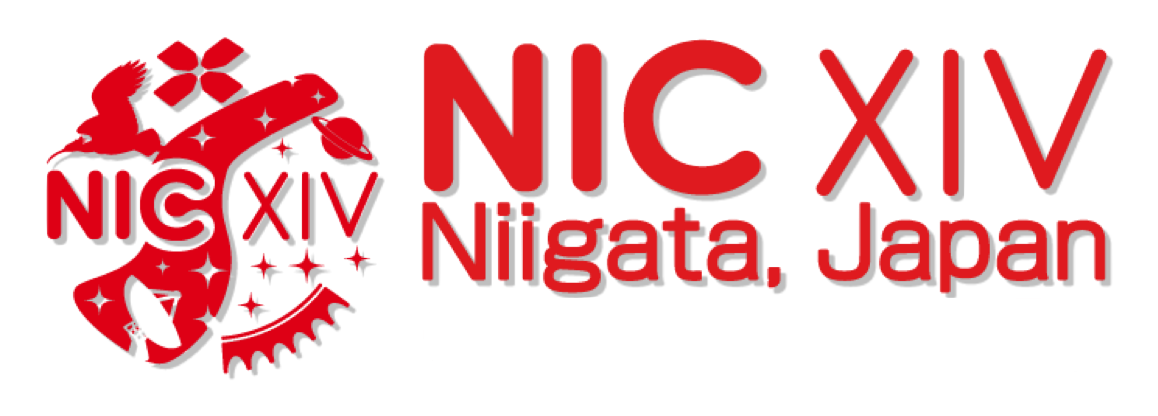Speaker
Mr
Chris Griffin
(University of Edinburgh)
Description
The origin of the heavy elements is one of the most fundamental open questions in modern astrophysics, with a notable difficulty being the lack of a complete description of the rapid neutron-capture process (r-process) [1]. Two key quantities used in r-process calculations are β-decay half-lives and β-delayed neutron emission probabilities. The half-lives determine the timescale for the flow of matter to heavy isotopes. Isotopes near neutron shell closures, which are closer to stability and have longer half-lives, act as waiting points resulting in the observed r-process abundance peaks. As r-process nuclei then β-decay towards stability, β-delayed neutron emission shapes the final abundance curve.
The Advanced Implantation Detector Array (AIDA) represents the latest generation of silicon implantation detectors for use in β-decay half-life and β-delayed neutron emission measurements at fragmentation beam facilities. Thanks to the large yields of neutron-rich isotopes available at the Radioactive Ion Beam Factory (RIBF), AIDA will soon be used to conduct studies of r-process nuclei in the mass region of uranium fission fragments. These studies will utilise both the BRIKEN neutron detector and the EURICA γ-ray spectrometer at RIBF, RIKEN.
We present data from commissioning experiments and discuss plans for future measurements.
[1] Y.Z. Qian, Prog. Part. Nucl. Phys. 50, 153 (2003).
Primary author
Mr
Chris Griffin
(University of Edinburgh)
Co-authors
Dr
Alfredo Estrade
(University of Edinburgh)
Dr
Thomas Davinson
(University of Edinburgh)

